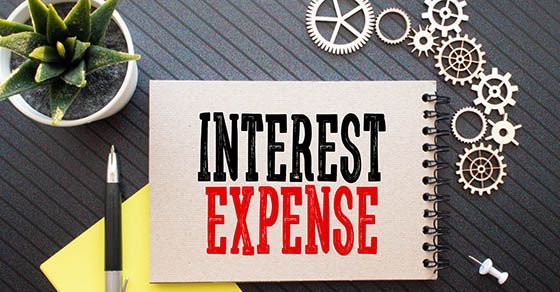The U.S. Senate passes its version of President Trump’s tax bill
The U.S. Senate passed its version of The One, Big, Beautiful Bill (OBBB) by a vote of 51 to 50 on July 1. (Vice President J.D. Vance provided the tiebreaking vote.) At its core, the massive bill is similar to the bill passed by the U.S. House of Representatives last May. It includes extensions of many provisions of the Tax Cuts and Jobs Act (TCJA) currently set to expire on December 31.
Both the House and Senate bills include some new and enhanced tax breaks. For example, they contain President Trump’s pledge to exempt tips and overtime from income tax for eligible taxpayers.
Trump also made a campaign promise to eliminate tax on Social Security benefits. That isn’t included in either version of the bill. However, the Senate bill temporarily provides a $6,000 deduction for those age 65 and older for 2025 through 2028 for those with modified adjusted gross income of under $75,000 ($150,000 for married joint filers). The House bill expands the standard deduction for seniors but caps it at $4,000.
In addition, the Senate’s version of the bill introduces other significant changes, including in the state and local tax (SALT) deduction cap and the Child Tax Credit (CTC).
SALT deduction cap
A major sticking point in both branches of Congress is the SALT deduction cap. It’s currently set at $10,000 by the Tax Cuts and Jobs Act. Lawmakers in high-tax states such as California and New York have long sought to increase (or even repeal) the cap.
The House’s version of the bill proposes to permanently increase the cap to $40,000 for those making under $500,000. The Senate-passed bill also calls for increasing the cap to $40,000 for 2025, with an annual 1% increase through 2029. In 2030, the cap would revert to $10,000. It also calls for phasing out the deduction for individuals who earn more than $500,000 in 2025 and then annually increasing the income amount by 1% through 2029.
Child Tax Credit (CTC)
Under current law, the $2,000 per child CTC is set to drop to $1,000 after 2025. The income phaseout thresholds will also be significantly lower. And the requirement to provide the child’s Social Security number (SSN) will be eliminated.
The House’s version of the OBBB would make the CTC permanent, raise it to $2,500 per child for tax years 2025 through 2028 and retain the higher income phaseout thresholds. It would also preserve the requirement to provide a child’s SSN and expand it to require an SSN for the taxpayer (generally the parent) claiming the credit. After 2028, the CTC would return to $2,000 and be adjusted annually for inflation.
The Senate’s version of the bill would also make the CTC permanent, but would increase it to $2,200, subject to annual inflation increases. It would require SSNs for both the parent claiming the credit and the child.
Next steps
These are just a few of the provisions in the massive tax and spending bill. The proposed legislation is currently back with the House of Representatives for further debate and a vote. President Trump has set a deadline to sign the bill into law by July 4, but it’s currently uncertain if the House can pass the bill in time. Stay tuned.
© 2025










